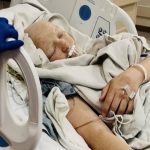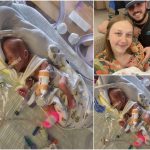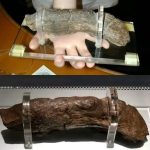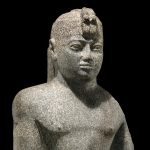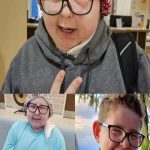The 2025 Nobel Prize in Medicine: Unlocking the Secrets of Immune Self-Tolerance
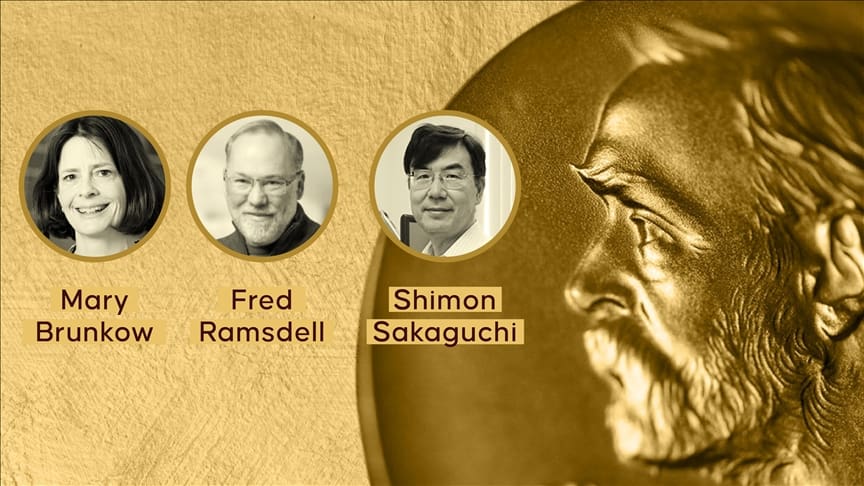
The 2025 Nobel Prize in Medicine has been awarded for one of the most important discoveries in immunology: the biological system that keeps your immune system from turning on you.
Our immune cells are trained to destroy viruses, bacteria, and foreign invaders.5 But that power must be kept strictly in check, or it can misfire, attacking our own organs. The crucial process that prevents this is called peripheral immune tolerance, which is largely controlled by a specialized type of cell known as the regulatory T cell (Treg).
This year’s Nobel honors Mary E. Brunkow, Fred Ramsdell, and Shimon Sakaguchi for uncovering the genetic and cellular systems that make this immune self-regulation possible.6
The Secret of Treg Cells and the FOXP3 Gene
The careers of these three scientists complemented each other perfectly:
Shimon Sakaguchi (in $1995$): He was the first to identify a previously unknown class of T cells that appeared to have the explicit role of holding back the immune system to prevent overreaction.
Mary E. Brunkow and Fred Ramsdell: A few years later, they discovered the controlling FOXP3 gene while studying a rare autoimmune disease in children.7 They found that when this gene is mutated, the immune system becomes unregulated and begins destroying healthy tissue.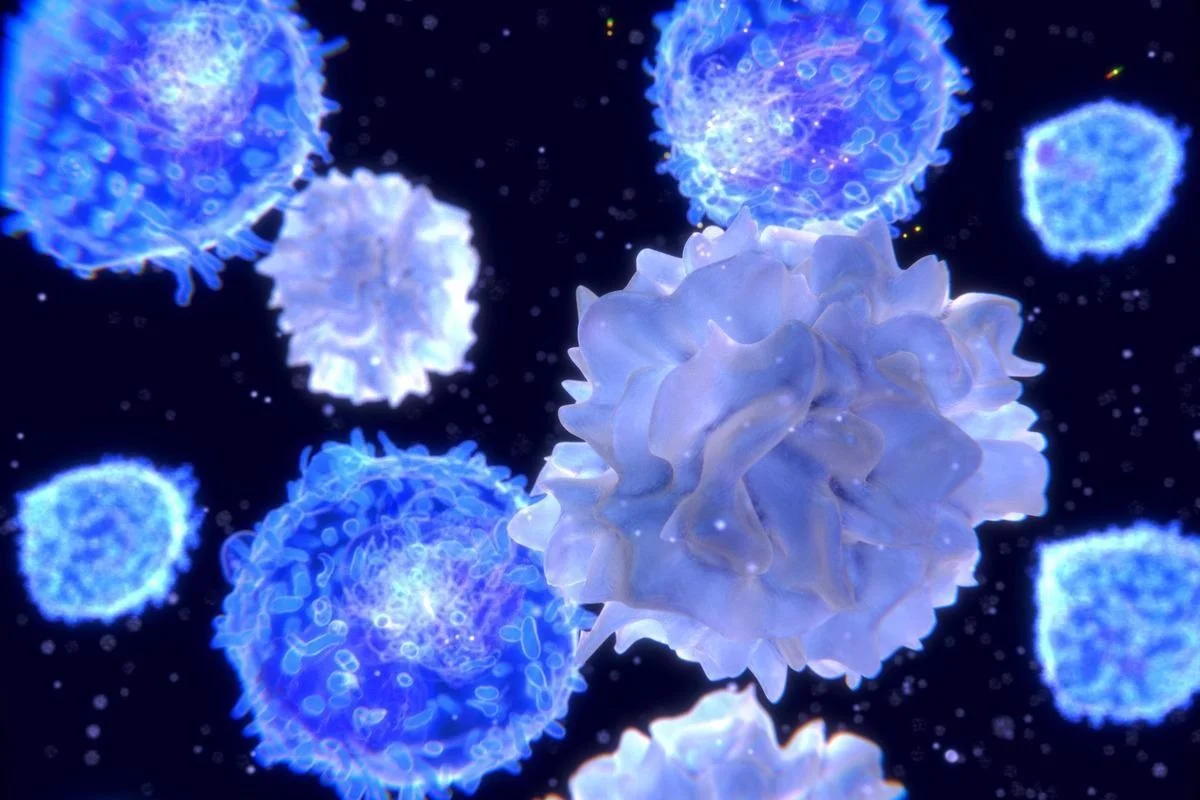
Revolutionary Implications for Medicine
This discovery provided the foundational blueprint for understanding autoimmune diseases (such as Lupus, Multiple Sclerosis, and Rheumatoid Arthritis) and for developing novel immunotherapies.8
Controlling the FOXP3 gene and Treg cells opens up possibilities for:
Treating Autoimmunity: Enhancing Treg function to “turn off” the mistaken immune attack.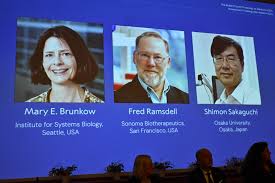
Boosting Cancer Treatment: Decreasing Treg function to “unleash” the immune system, allowing it to attack cancer cells more fiercely (as Treg cells also shield tumors from immune destruction).
The discovery of the regulatory T cell and the FOXP3 gene is not just a scientific triumph, but a breakthrough that offers new hope for millions suffering from autoimmune diseases and cancer globally.v
